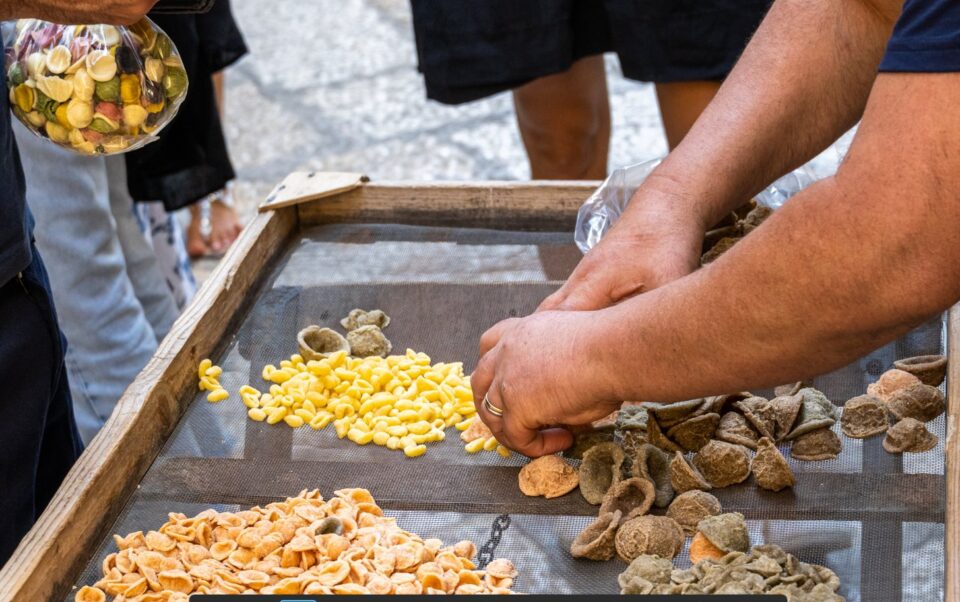Bari: the capital city of Apulia Region
The Apulia region (or Puglia, as it is known to the locals) is an important economic center in Southern Italy that forms the heel of the Italian boot and is located in the Southern Adriatic Sea.
In recent years Puglia has gradually built a reputation as a bridge between West and East, that mirrors an increasingly multi-cultural, open, tolerant and friendly community, connecting people, individuals and businesses, from different countries and cultures.
The capital city of Puglia is Bari, a modern city that keeps strong ties with its own traditions. Bari has a maritime flavor and deserves a glance for the panoramic seafront promenade.
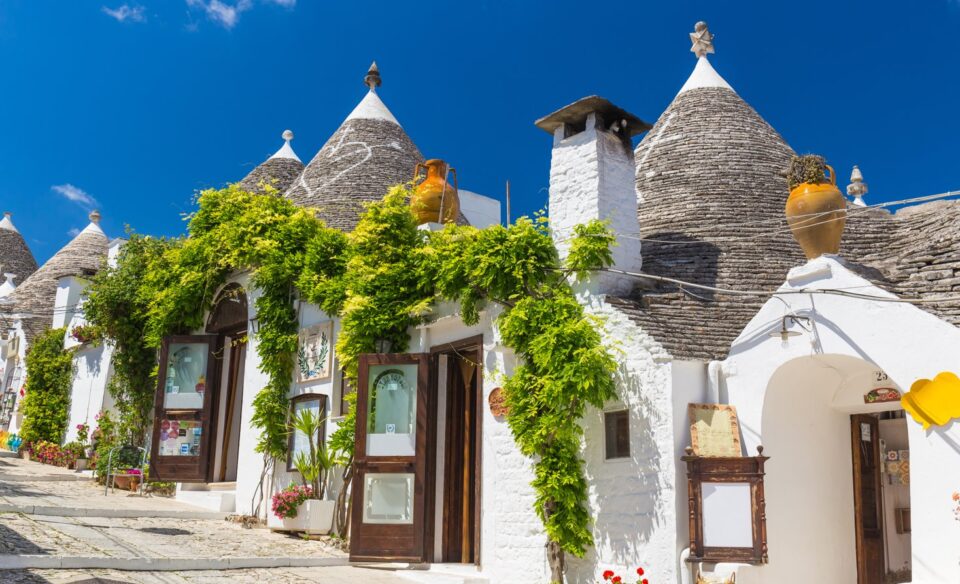

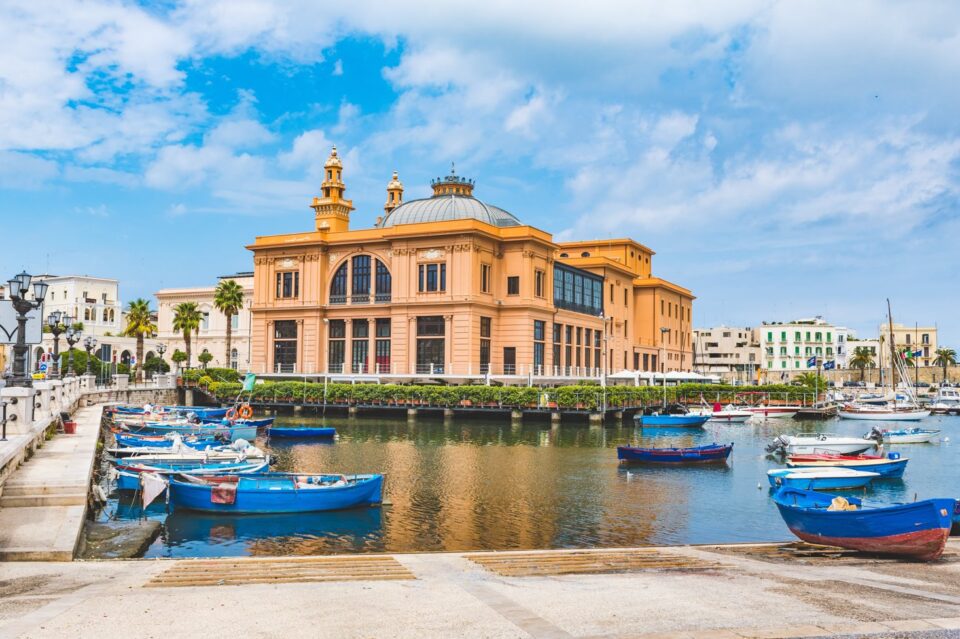

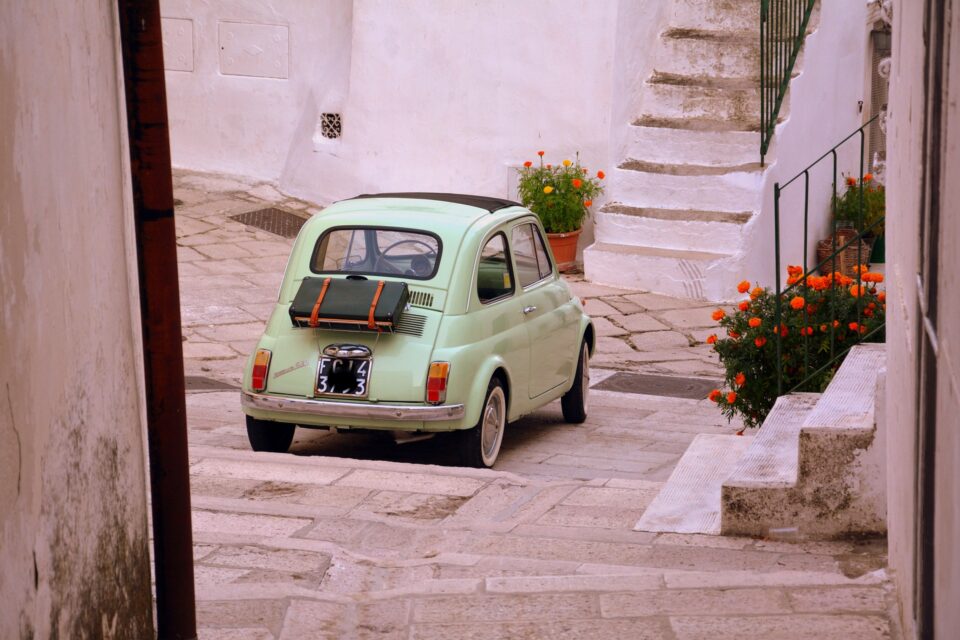

The historical and cultural heritage
The cultural al historical heritage in Puglia is witnessed by many landmarks: St. Nicholas’ Basilica, The Swabian Castle by Frederick II, The Margherita Theatre and the Petruzzelli Theatre (in the town of Bari)…
…Castel del Monte octagonal castle by Frederick II (in the town of Andria), the Trulli stone huts in the Unesco World Heritage Site of Alberobello (in the province of Bari), the Lecce Baroque (in the town of Lecce), and many more.
History of Bari
The origins of Bari are very old, but not well established. Items dating to the Bronze Age have been found in the oldest part of the town; however, most of the historians agree that the town has been founded between 1600 and 1100 B.C. by Illyrians, coming from the Balcanian peninsula, on the opposite side of the Adriatic sea. The name probably derives from that of Barione, the leader of one of these Illyrian groups.
The first reliable information on Bari dates back to the 4th century B.C. when it went under the Roman rule. In the following centuries it had a special relation with Rome and Tito Livio underlined its strategic importance.
After the fall of the Roman Empire, Bari was involved in the war between the Gots, and late the Longobards, against the Byzantines.
In the 9th century, after many raids, the Arabs succeeded the Longobards and settled in Bari for about 30 years, setting up an emirate. It lasted until 871 when the army of Ludovico II brought back the city under the Byzantine rule, which on the contrary did not meet the people’s favour.
In 1071 the city was conquered by the Normans, led by Roberto il Guiscardo, and became part of the dukedom of Apulia and Calabria.
This was the beginning of an important period in the history of Bari. In 1087 St. Nicholas’ holy remains were taken away from Myra (Turkey) by a group of sailors and brought to Bari, where the building of a dedicated Basilica was decided and started immediately. In 1089 the remains were led by Pope Urbano II in the yet built crypt of the Basilica (the whole Basilica was completed after about 100 year).
Later on, Bari and all the dukedom of Apulia and Calabria fell under the domination of the Norman King of Sicily, whose dynasty shortly came to the end and was replaced by the Hohenstaufen Swabians; this was the period in which Frederick II (later on crowned also Emperor of Germany) reigned. He loved Apulia (he was called “puer Apuliae”) and built or restored many castles in the regions, among which the Bari castle and the famous and mysterious Castel del Monte (on the top of a hill, about 50 km from Bari).
Angevin and Aragons rulers followed for about three centuries. Toward the end of this period, in the 16th century, two women had an important role in the Bari history: Isabel of Aragon, widow of the Duke of Milan Gian Galeazzo Sforza, who enlarged the castle making there her private residence, and Bona Sforza, Queen of Poland, who established strong links between Bari and the Cracow court.
After Bona Sforza’s death, Bari was again included in the kingdom of Naples, ruled by a Spanish viceroy, and that was a long period of decay for the Apulian city and the south of Italy as well.
At the beginning of the 19th century the French came, led by Napoleon Bonaparte, and his brother-in-law Jacques Murat became King of Naples. Under Murat Bari started to grow, shortly becoming the most important city of the region. In 1808 Murat decreed the building of the new part of the city, a modern district which after him was (an still is) called “Murattiano”.
At the end of the French rule, the Bourbons came back and reigned until the unification of Italy, in 1860. Bari is now the first city and administrative capital of the Apulia region, with about 350,000 inhabitants.


Nature around in Puglia
Nature around in Puglia is magnificent. The white high cliffs of Mattinata and Vieste, the long sandy beaches with crystalline water … the grottoes of Castellana Grotte, the second European biggest canyon of the Gravina di Laterza, the bauxite querry in Otranto, the beautiful little towns on the sea like Polignano and Monopoli, …of Gallipoli,…
… the little cities surrounded by acres of olive groves like Martina Franca, the white city of Ostuni, and may other special places make the Apulia region an incredible land to be discovered step by step.
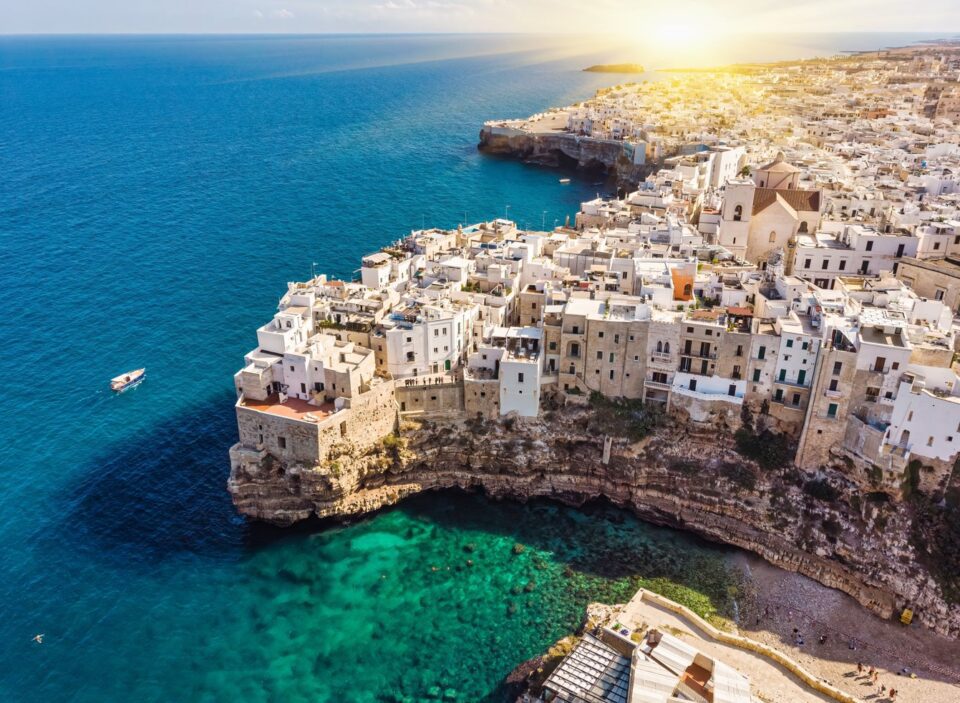

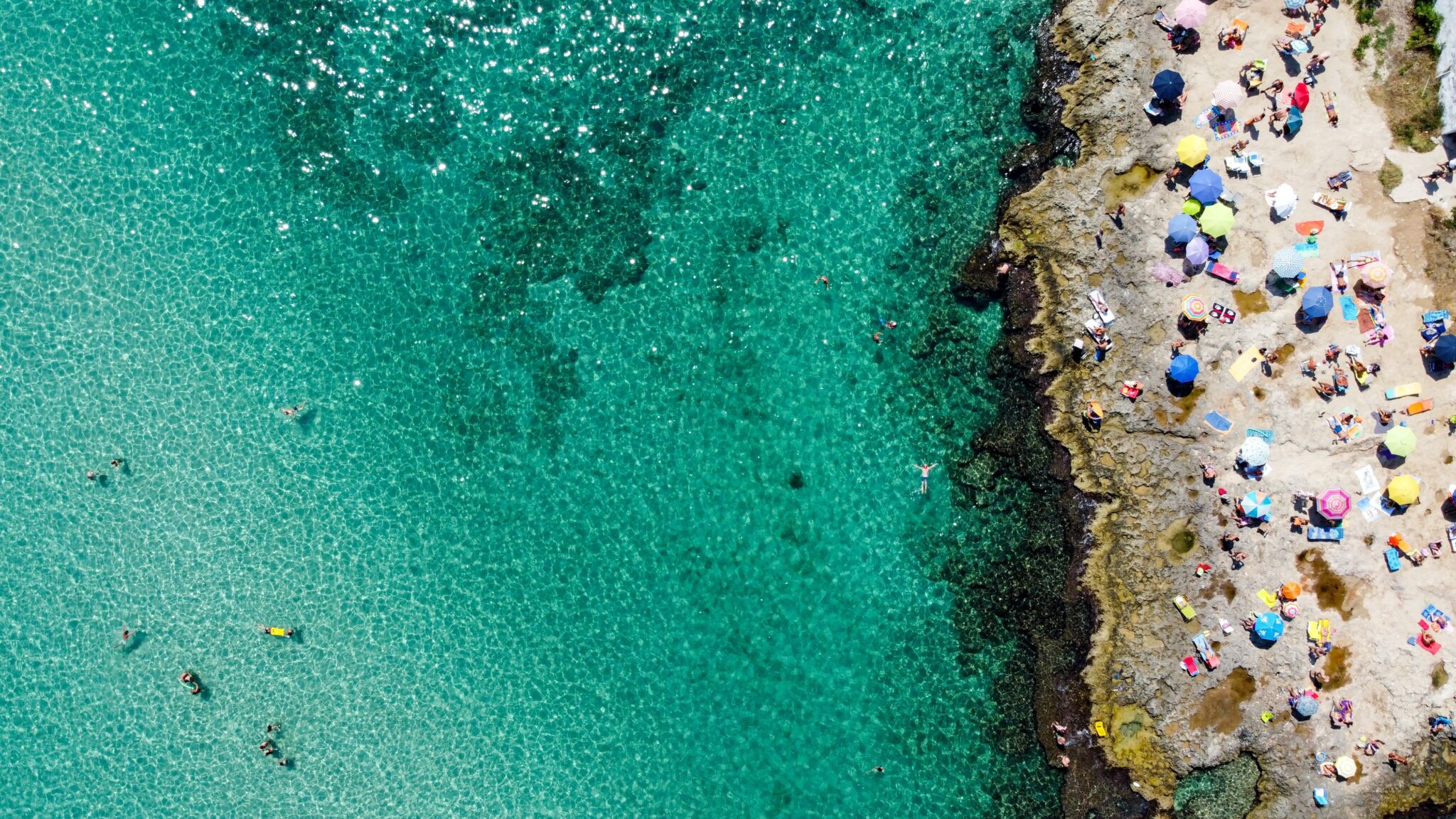



Puglia’s gastronomy
The region’s cuisine is based on typical products found within the surrounding region of Apulia: wheat, olive oil, seafood and wine. Local flour is used in homemadebread and pasta production including, most notably, the famous orecchiette ear-shaped pasta.
Homemade dough and olive oils are also used to bake fried panzerotti with mozzarella, and focaccia alla barese with tomatoes. Perhaps Bari’s most famous dish is the oven-baked Patate, riso e cozze (potatoes with rices and mussels). The whole Apulian region have a range of wines, including the classical Primitivo, Castel del Monte, Muscat, and most notably the recently emerging rosé wines.
The capital city of Puglia is Bari, a modern city that keeps strong ties with its own traditions. Bari has a maritime flavor and deserves a glance for the panoramic seafront promenade.


